PROTECT YOUR DNA WITH QUANTUM TECHNOLOGY
Orgo-Life the new way to the future Advertising by AdpathwayLt Gen Ajay Kumar, Director General (Infantry), Indian Army.(FIle Photo | ANI)
Updated on
:
22 Oct 2025, 6:03 pm
NEW DELHI: Indian Army's transformation bid will touch another milestone as plans are afoot to get specialised Bhairav Light Combat Battalions operational within six months.
Lieutenant General Ajay Kumar, Director General of the Indian Army's Arm of Infantry, said on Wednesday that five Bhairav battalions are now fully functional. Four more are currently in the process of being raised, and the remaining 16 will be operational within the next six months.
“Designed to be lean and lethal, these battalions are built for rapid, high-impact operations along India's borders with China and Pakistan,” he said, speaking to reporters ahead of the Shaurya Diwas celebrations. The Shaurya Diwas is celebrated on October 27 to commemorate the air-landed operations in 1947 at Budgam Airport in Jammu and Kashmir.
Infantry is the Army's largest fighting arm, with more than 400 units. The need for such specialised battalions was realised to fill the gap between a conventional infantry unit and the Special Forces. Tasked to conduct cross-border operations, reconnaissance and disruption missions, the Bhairav units will relieve Para-Special Forces for strategic assignments.
As earlier reported by The New Indian Express, Bhairav battalions will be deployed on special tasks and assignments to inflict damage on the enemy. However, these units will not be as heavily armed nor tasked with strategic operations like Special Forces units.
The Bhairav units will act as a bridge between Special Forces and regular infantry, aimed at freeing up Special Forces for more critical assignments. Three units have already joined the Northern Command — one each with 14 Corps in Leh, 15 Corps in Srinagar and 16 Corps in Nagrota. The remaining two battalions have been deployed in desert and hill sectors along the western and eastern borders, respectively.
When asked about the future of Ghatak platoons — elite assault teams within infantry units — Lt Gen Ajay Kumar clarified that they will continue to remain in service. “The Ghatak platoon comprises around 20 personnel, while each Bhairav unit has a strength of around 250 personnel,” he said, emphasising the distinct roles both play in the Army's operational doctrine.
Unlike conventional infantry battalions, Bhairav units are integrated formations drawing personnel from arms such as air defence, artillery and signals. One source said five personnel from air defence, four from artillery and two from signals have been drawn into the elite unit.
The Indian Army is updating its formations with the changing character of warfare and adding modern technologies. As part of this, an Ashni platoon (around 20 personnel) has been operationalised within every infantry unit, Lt Gen Ajay Kumar confirmed. These specialised platoons are equipped with a range of drones, including platforms for intelligence, surveillance and reconnaissance (ISR) and loitering munitions.
The Army currently operates 380 infantry units, not including elite formations such as Para and Para SF battalions.
Training of Bhairav unit personnel
In an interesting move based on an older Indian Army concept of raising battalions with a “son of the soil” approach, the Army Chief has mobilised Infantry Regimental Centres to select, train and depute personnel for the Light Commando Battalions, which will be named Bhairav battalions. These units will be affiliated with and operate alongside specific corps.
After initial training, personnel of the newly raised battalions will also undergo subsequent training at Special Forces training centres.
A unit in the Indian Army, commanded by an officer of colonel rank, is the primary executor of assigned tasks. These units are referred to as regiments in the artillery and armoured corps, and as units in the infantry. For the infantry, a regiment is a lineage of multiple units organised as one group, such as the Rajputana, Dogra, Sikh and Kumaon regiments.
“These units, with time, will be deployed to both the western borders and along the northern borders with China,” Lt Gen Ajay Kumar added.
Modern rifle and Javelin missile to be inducted
The project for 4.25 lakh units of Close Quarter Battle (CQB) carbines, costing Rs 2,770 crore, has been approved and will be inducted within two years. As per the Acceptance of Necessity note issued by the Ministry of Defence in 2022, there is a requirement of 4,25,213 units of 5.56 x 45mm CQB carbine.
Under the contract, 60% will be supplied by Bharat Forge and the remaining 40% by PLR Systems, a joint venture of the Adani Group and Israel Weapon Industries. The CQB carbines are meant for urban, close-range contacts and counter-terrorism operations; they are lighter, easier to handle and smaller than a standard rifle, improving effectiveness and manoeuvrability.
Plans are also underway to procure Javelin anti-tank guided missiles (ATGMs) under the emergency procurement route. The process aims to acquire 104 Javelin missiles and 12 launchers manufactured in the United States. The Javelin is an infrared-guided, man-portable anti-tank missile system designed to destroy tanks and other armoured targets from a shoulder-fired position.


 4 hours ago
3
4 hours ago
3









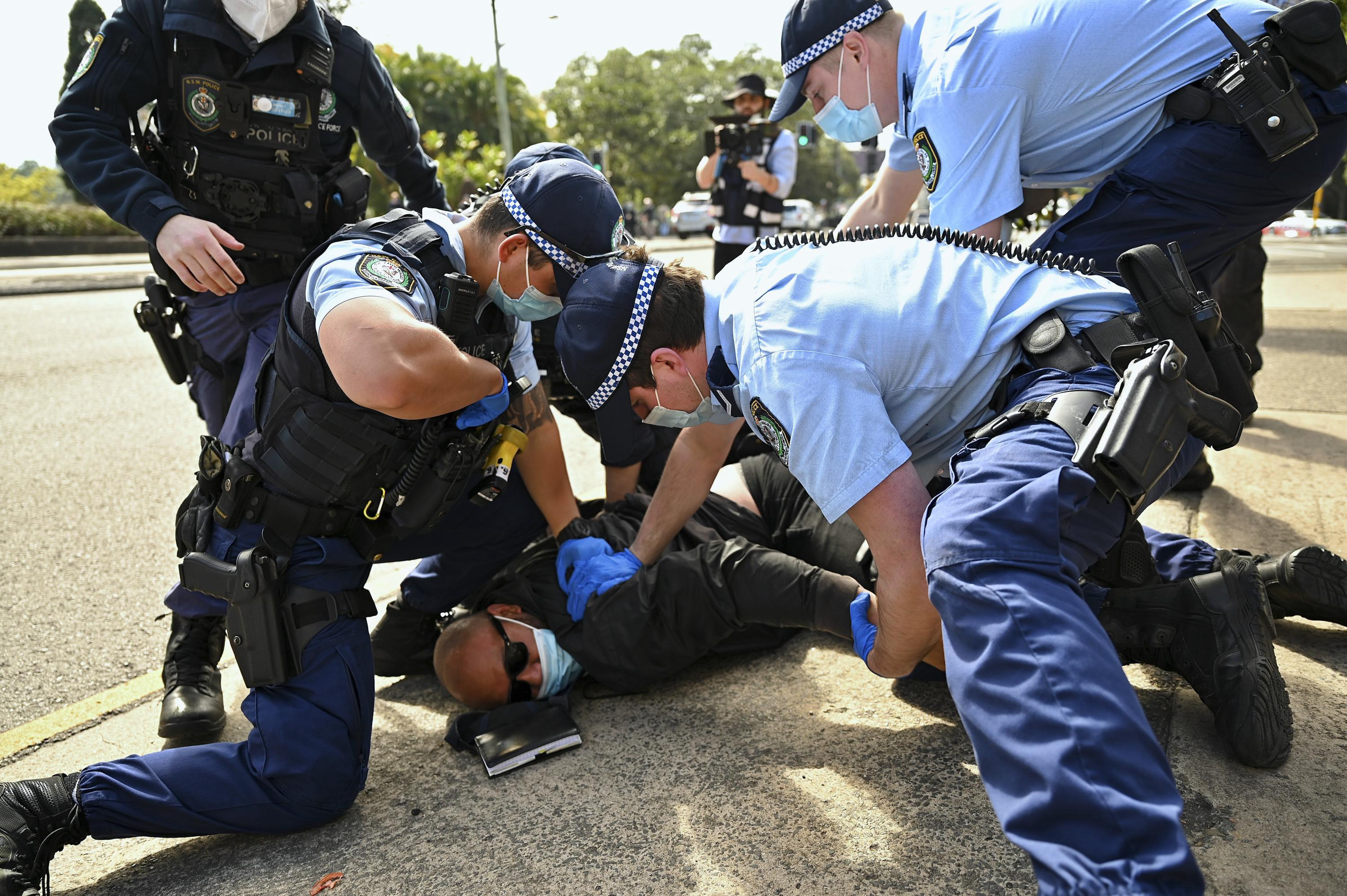


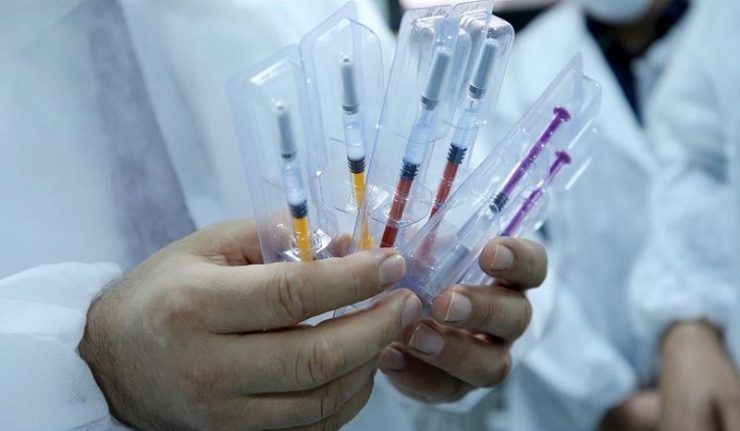
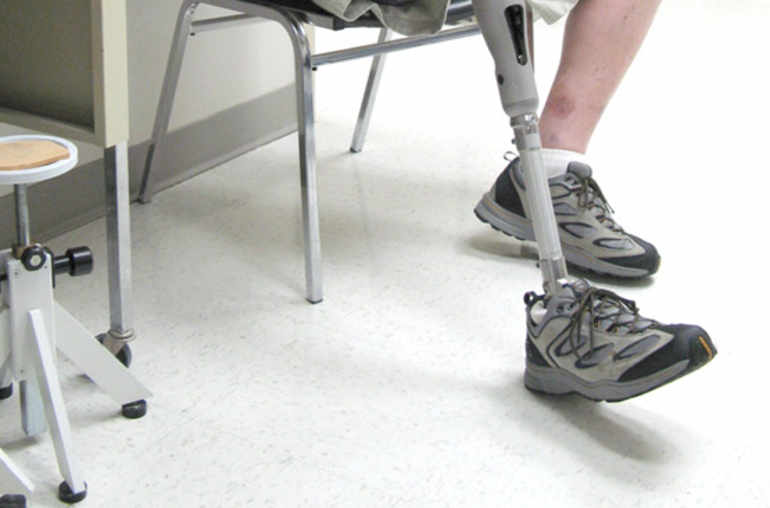
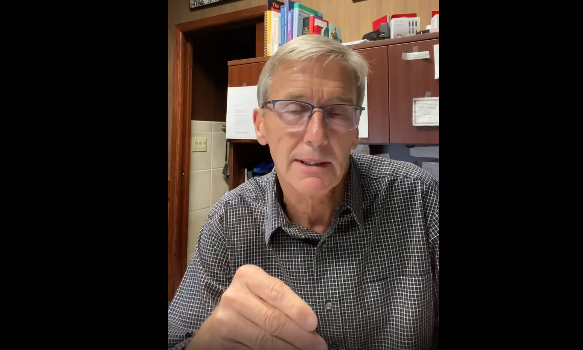
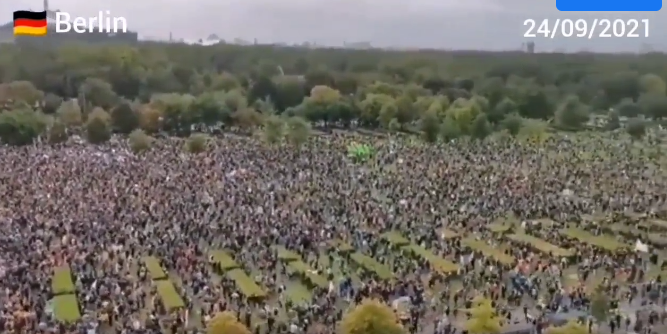


.jpg)

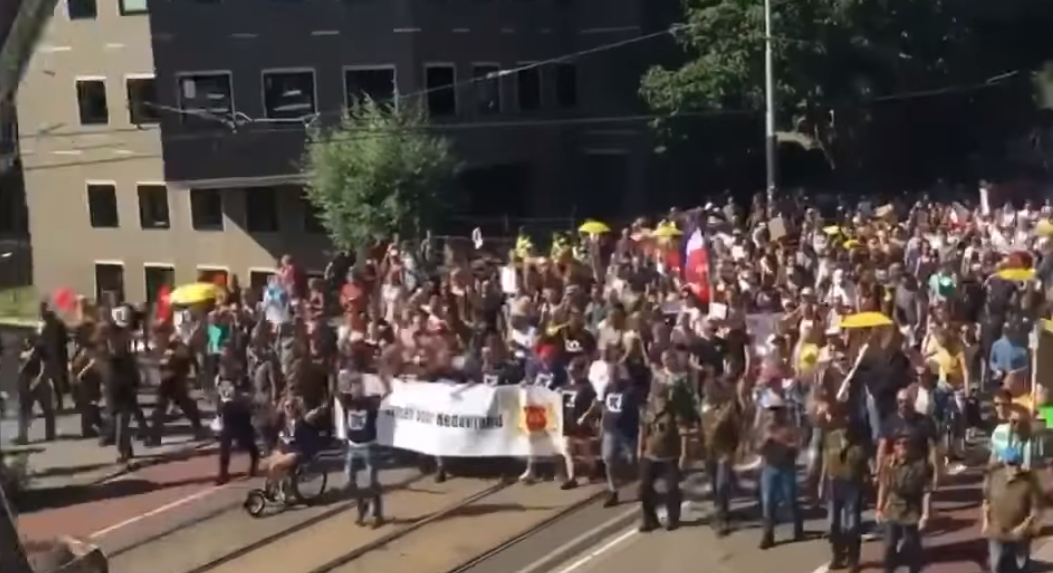
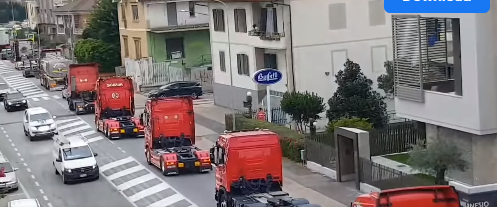
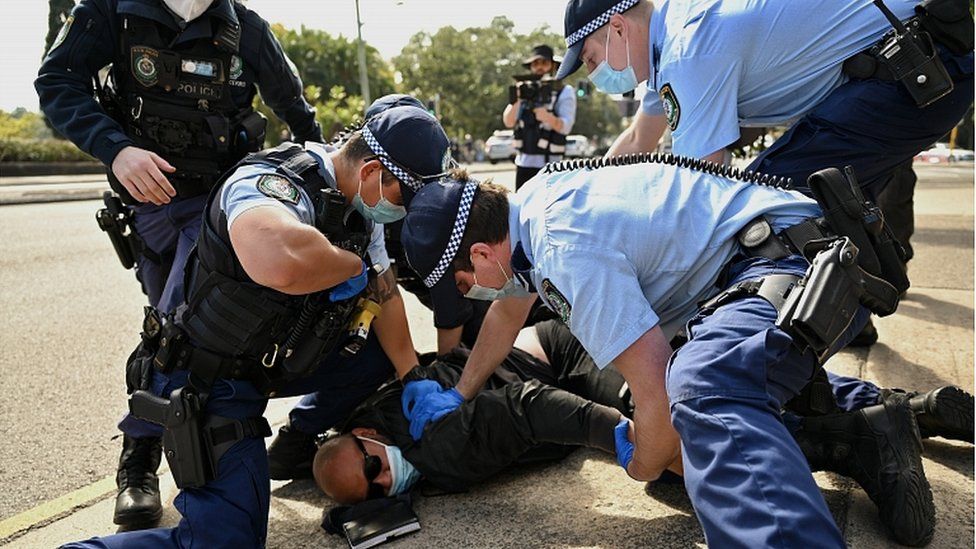
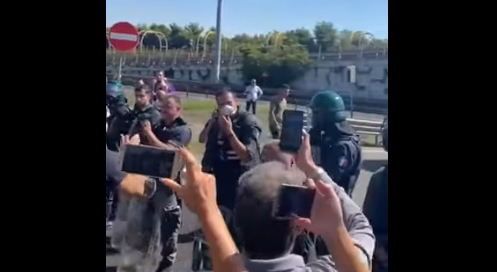

 English (US) ·
English (US) ·  French (CA) ·
French (CA) ·